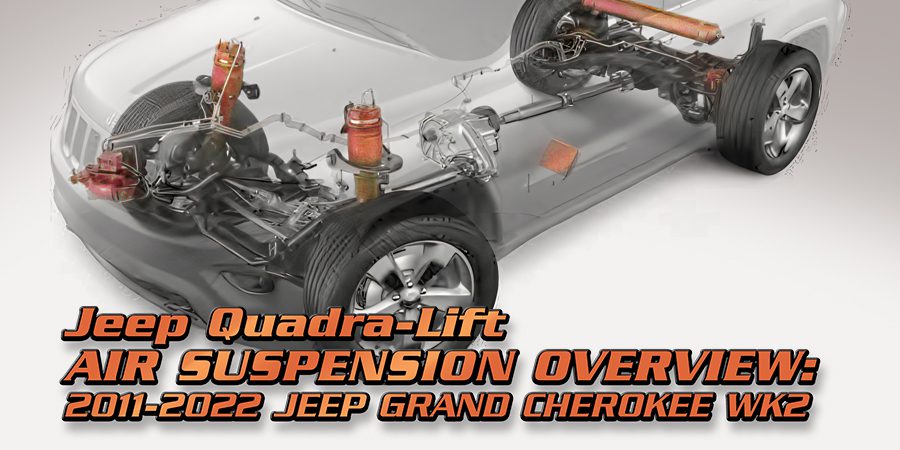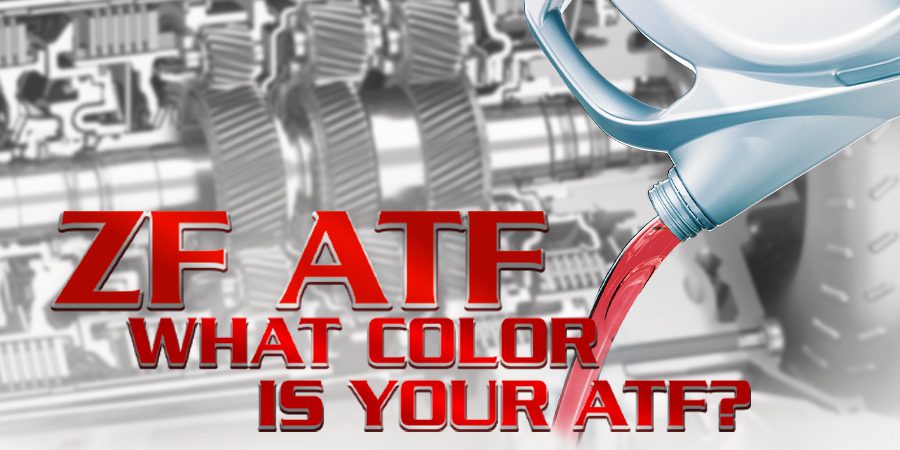It isn’t unusual to have a car come in with harsh shifts, particularly a harsh 1-2. Any number of transmission conditions can set the transmission computer into a partial failsafe, locking mainline pressure at maximum levels.
The result? Harsh shifts, particularly the 1-2.
But what about a problem that has nothing to do with the transmission? A problem with the engine… one that doesn’t even register as affecting the transmission? That’s becoming a common situation as today’s powertrains become more integrated than ever before.
Here’s one from Paul Townsend, owner of Paul’s Transmission and Repair, Inc., in Baker City, Oregon. A 2007 Chevy 4×4 with a 4L60E came into their shop with harsh shifts. The truck had a lot of miles on it, but there were no transmission codes in memory.
The only indicator of a problem was the traction control light was on. The information center showed that the traction control and stability control were disabled. A code check revealed code P0011 — valve timing advanced too far; bank 1.
They checked the code definition and its details: nothing about affecting transmission operation. But, as it turns out, code P0011 will cause the transmission computer to lock transmission pressures at maximum, causing the harsh shifts that the customer was complaining about.
This isn’t a unique situation: A Google search revealed a number of vehicle owners experiencing similar problems with their GM trucks. In each case, one of the first conditions they noticed was harsh shifts.
Since the code was putting the transmission into a partial failsafe, the technicians at Paul’s Transmission decided to examine the situation further.
Many of these late model GMs use variable valve timing to improve performance and economy. The system redirects engine oil pressure through a variable valve actuator, and monitors the valve timing through the camshaft sensor.
If the valve timing doesn’t match what the computer expects to see, based on the signal it provides to the actuator, it sets a code and disables the traction and stability controls. It also locks transmission mainline pressure at maximum: something that doesn’t appear in any of the technical information available.
“I thought it was odd that the software would raise line pressure for this condition, so we decided to go after it,” explains Paul.
The first thing that the technical data recommended was to check the valve timing components: the timing chain, actuator, and camshaft position sensor. After opening the front of the engine, the technicians discovered the chain guides and actuator were worn (figure 1).
The actuator is also the camshaft timing chain gear, so they had to replace the timing chain and crankshaft gear at the same time. They also replaced the oil pump and pulled the engine pan to check and clean the crankcase oil pickup screen.
“The pickup was clogged with debris from the oil filters,” explains Paul. “There were even fine pieces of wire stuck in the pickup screen.”
Turns out the vehicle owner had been using low-cost, no-name oil filters, and the quality wasn’t up to the standards necessary for maintaining the engine’s integrity. Apparently there’s really something to the old adage, “You can pay me now or pay me later.”
After replacing the timing chain and associated parts — along with changing the engine oil using the factory-recommended 5W-30 synthetic engine oil — the problem seemed to be gone. They returned the truck to the customer and they didn’t hear any more about it… for about 500 miles. Then it came back with the same problem.
One of the difficulties in pinpointing this problem is that it only sets if the valve timing is more than 8º off the timing command, with the throttle held steady for a full 20 seconds. Twenty seconds is a long time to hold a car under a constant load. If you move the throttle, even a little, the timer for the code restarts.
In addition, it’s basically a blind condition: Setting the code doesn’t turn the MIL on. So you have to be aware of the conditions necessary to set the code and have a scan tool connected to determine when it sets.
Fortunately for Paul, he has a long hill with about a 7% grade right near his shop. So, once he narrowed down the conditions necessary to set the code, “I could make the problem come and go at will.”
One thing Paul noticed is that the code would only set after the engine got hot: over about 250ºF (about 120ºC). He also noticed that, when the engine got hot, the oil pressure dropped. That was an important point, because the actuator uses engine oil pressure to adjust valve timing.
“You have to check the oil pressure using the scan data,” explains Paul. “The dash gauge didn’t indicate oil pressure was low, but it showed up on the scan tool.”
They’d already replaced the oil pump and cleaned the oil pickup, so the low oil pressure indicated the engine bearings were probably shot. He even tried shimming the oil pressure regulator, to no avail. “The actuator receives oil pressure directly from the #2 cam bearing,” says Paul.
The normal recommendation at this point would be to replace the engine bearings. For most shops, that means replacing the engine. No doubt that’d correct the pressure drop, but Paul decided to give something else a try: He changed the engine oil to a heavier, 20W-50 synthetic. Then he drove the truck again. This time the code wouldn’t set.
After several road tests with a large trailer connected, he decided to drop to a more reasonable grade of engine oil. “With the heavier oil in the engine, the lifters would rattle on startup,” he says.
So he changed the oil again, this time to a 10W-40. After the engine reached 240ºF (115ºC), the actual valve timing no longer matched the valve timing command. So next, he added an engine oil cooler, to keep the engine oil temperature lower.
This engine already has a cooler in the radiator, so adding a cooler was easy. “We ran the cooler in line after the radiator cooler, so the engine oil now goes through the radiator cooler, then through our cooler, and back to the engine.”
Since installing the cooler, the engine oil pressure hasn’t dropped off, and the code hasn’t set. Paul changed the oil back to the factory-recommended 5w-30, and the system’s still working perfectly. The engine starts and runs fine, and the customer is happy to have his truck back and running the way he wants it to.
More and more often, we’re seeing the results of the integration between the engine and the transmission. Which means your job requires you to be more than just a transmission technician: You need to know how to fix cars… whatever that takes.
Paul and his crew have shown that they’re willing to go the extra mile. In fact, they enjoy it. As he says, “Sometimes it’s fun just trying to get over that hump!”















